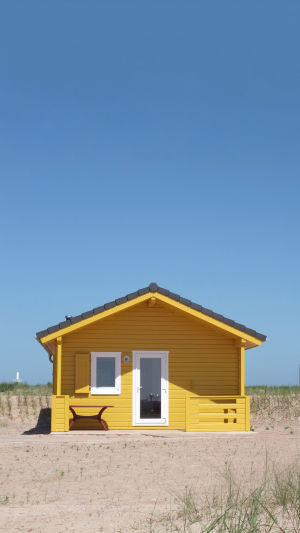As people's economic conditions improve, more and more individuals are choosing to take vacations in order to relax and rejuvenate.
One popular choice for vacation accommodation is a villa, which not only offers a comfortable living space but also provides an opportunity to learn more about the characteristics of vacation villa interior design.
Vacation villas are becoming a popular choice for those looking to reflect their identity and social class through their living space. As such, the design concept of the villa must be a combination of cultural and environmental elements, as well as comfort.
This makes the villa more valuable.
The design of a vacation villa is different from that of an ordinary villa, as the latter is generally geared towards living functions and is designed to be convenient and functional.
On the other hand, vacation villas should be spacious, and comfortable, and provide an atmosphere that promotes relaxation of the body and mind.
Minimum requirements for the design of a vacation villa include ample size, with a living room of at least 100 square meters, and large openings to create a grand atmosphere.
Features of vacation villa interior design include:
An abundance of viewing surfaces, such as 180-degree convex windows, 270-degree panoramic windows, roof gardens, entry gardens, sun terraces, landscaped terraces, and living balconies.
A larger viewing platform, such as a deep terrace of 6 meters, as opposed to the 2.2 meters found in conventional city villas.
A focus on communication between indoor and outdoor spaces, with many walls replaced by large, transparent floor-to-ceiling glass doors.
Reduced emphasis on functional living spaces, such as checkrooms, utility rooms, and kitchens, as they are not as necessary in a vacation villa.
Vacation villas are a popular choice for those looking to relax and unwind. They offer spacious living areas, beautiful views, and a sense of privacy that other vacation options may not provide.
The interior design of a vacation villa is an important aspect to consider as it can greatly impact the overall experience of the guests.
One key feature of vacation villa interior design is an emphasis on viewing surfaces. This can include large windows, roof gardens, entry gardens, and sun terraces.
These elements provide guests with stunning views and natural light, making the space feel more open and inviting. Additionally, vacation villas often have larger viewing platforms, such as balconies and terraces, than traditional city villas.
Another important aspect of vacation villa design is the communication between indoor and outdoor spaces. Many walls are replaced with large, floor-to-ceiling glass doors, allowing for a seamless flow between the two areas.
This can create a more open and relaxed atmosphere, making it easier for guests to enjoy the natural surroundings.
Since vacation villas are often used as second homes, the emphasis on living functions is not as strong as in traditional villas. This means that spaces such as checkrooms, utility rooms, and kitchens can be smaller, allowing for more spacious living areas.
Designing a vacation villa also involves paying attention to many details. The early stages of design should include planning for concealed works and considering the lighting, including main and auxiliary sources, as well as the distribution of socket switches.
Additionally, waterproof treatment is especially important in villas located in humid, suburban environments.
Overall, vacation villa interior design should prioritize comfort, relaxation, and connection to the natural surroundings.
By emphasizing spacious living areas, beautiful views, and seamless indoor-outdoor flow, vacation villas can create a truly enjoyable and relaxing vacation experience for guests.





